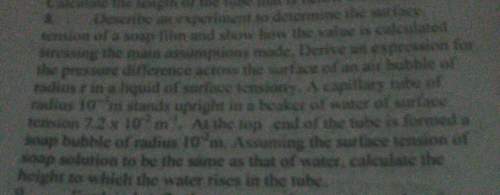
How Penicillin Was Discovered
In 1928, Sir Alexander Fleming was studying Staphylococcus bacteria growing in culture
dishes. He noticed that a mold called Penicillium was also growing in some of the dishes. A
clear area existed around the mold because all the bacteria that had grown in this area had
died. In the culture dishes without the mold, no clear areas were present.
Fleming hypothesized that the mold must be producing a chemical that killed the
bacteria. He decided to isolate this substance and test it to see if it would kill bacteria. Fleming
transferred the mold to a nutrient broth solution. This solution contained all the materials the
mold needed to grow. After the mold grew, he removed it from the nutrient broth. Fleming
then added the nutrient broth in which the mold had grown to a culture of bacteria. He
observed that the bacteria died.
6. Identify the problem. What are you trying to find out?
We are trying to find out why the dishes without mold had no clear areas
8. How was the hypothesis tested?

Answers: 3


Another question on Physics

Physics, 21.06.2019 23:30
Adding more pulleys to a system of pulleys needed to lift an object. a. increases the force b. decreases the force c. increases the amount of work d. decreases the amount of work
Answers: 1

Physics, 22.06.2019 15:00
When is a current produced? when the terminals of an electrochemical cell are connected by a wire if the electric circuit is opened in an electrochemical cell if the electrolyte is removed from an electrochemical cell when the electrodes are reversed in an electrochemical cell
Answers: 1

Physics, 22.06.2019 17:10
Which statement best describes the superposition principle? a.) if two in-phase waves arrive simultaneously at a point, their amplitudes add up b.) if two out-of-phase waves arrive simultaneously at a point, their amplitudes add up c.) if two in-phase waves arrive at a point one after another, their amplitudes add up d.) if two out-of-phase waves arrive at a point one after another, their amplitudes adds up
Answers: 2

Physics, 22.06.2019 18:20
Awave with a frequency of 500 hz is traveling at a speed of 100 m/s.what is the wavelength?
Answers: 1
You know the right answer?
How Penicillin Was Discovered
In 1928, Sir Alexander Fleming was studying Staphylococcus bacteria g...
Questions



World Languages, 18.08.2019 16:00

Mathematics, 18.08.2019 16:00

Social Studies, 18.08.2019 16:00



Chemistry, 18.08.2019 16:00





Mathematics, 18.08.2019 16:00




History, 18.08.2019 16:00

Biology, 18.08.2019 16:00

Mathematics, 18.08.2019 16:00




